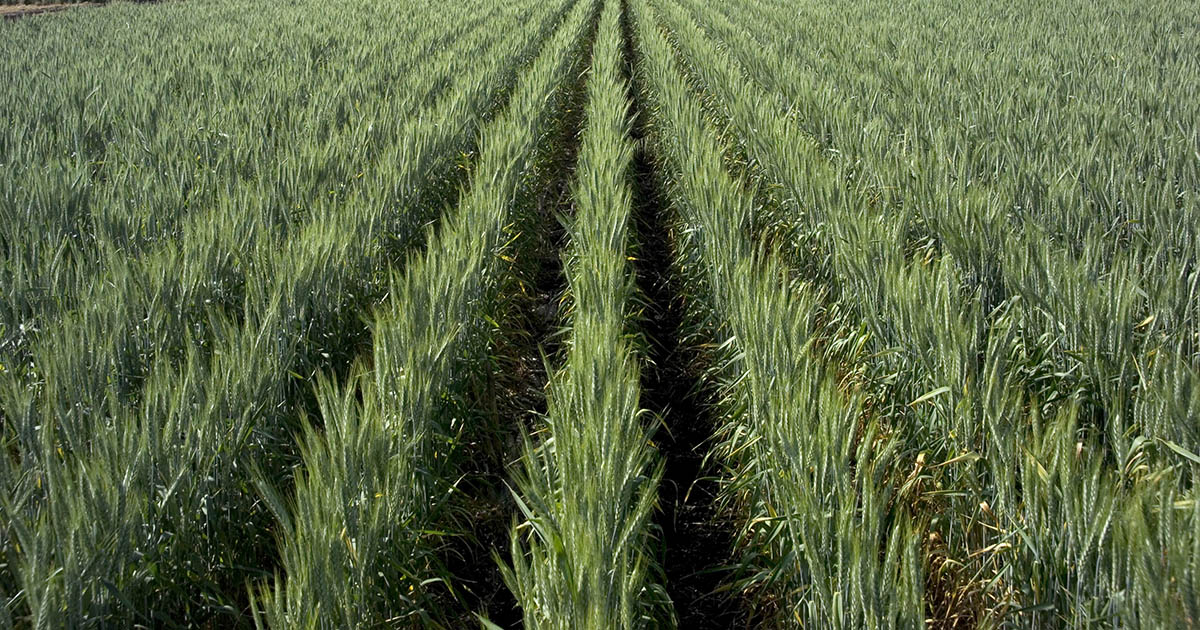Planting pasture and crops after flood
While floods and unseasonal amounts of rain can cause significant challenges for landholders, it can also create opportunities to utilise additional soil moisture and plant an opportunistic crop or grazing pasture/forage.
Some factors when considering the best pasture or crops to plant after flood include:
- why are you planting
- the conditions of your paddocks
- soil condition
- what to sow
- increase in presence of weeds
- impact on livestock health

Why are you planting after flood?
Before deciding what crops to sow, consider what the purpose of the planting is. Are you wanting grazing crops to suit wet soil? Or are you simply looking to get some groundcover and soil biology occurring after being inundated with water?
Knowing the purpose of your planting and what you hope to achieve will assist you in choosing which crops to plant after flood and allow you to progress with your planning.
Test paddocks for disease
Wet years can encourage the growth of the Fusarium fungus, which causes crown rot. However, often not the white heads and yield loss typically associated with the fungus. Without these identifying factors, you may not be aware of its presence. This could lead to higher inoculum loads in future years.
Growers should consider testing paddocks for crown rot to help guide future planning, a good place to start is chatting with LLS or your local agronomist about this. Movement of soil in floodwaters can spread some other soil borne pathogens, which may turn up in previously clean paddocks.
Looking at the condition of your soil
There are a number of things to consider to promote better pasture recovery after flood. Before you do anything, it is worth considering conducting a soil test to identify nutrient levels prior to planting.
Water logging can flush nutrients out of the soil and will reduce soil oxygen levels, having an impact on future plant growth. Additionally, heavy machinery passing over sodden ground may cause increased compaction, which impacts soil health and subsequently stunts plant growth.
While planting into high soil moisture pastures, you may also need to consider access to irrigation or if you’re relying solely on soil moisture and producing dryland growth. If the latter, you’ll need to consider if the crop will be able to grow and be productive without additional rainfall/moisture.
What are you sowing?
Wet years may provide an opportunity to increase the intensity of cropping through the use of double cropping or shorter fallows, but it is important to check moisture profiles before planting new crops, particularly if flooding has occurred.
If additional cropping is to occur it is important to consider the greater demand made on soil nutrition, the weed pressure likely to be faced and the presence of any residual herbicides. Weed management after flooding is an important consideration.
Broadly speaking, you could plant:
- dual purpose forage crops to regain groundcover and feed supply
- temperate or tropical grasses (depending on region)
- short term cover crops to stabilise the soil and minimise weed growth, in preparation for sowing regular pastures and crops.
It’s important you consider what flood-tolerant crops and pastures are suitable to your local conditions prior to planting. Further information and advice is available on the NSW DPI website and LLS website, or you can speak with your local agronomist or LLS staff member.
Expect an increase in weed burdens after flood
After flooding or widespread water inundation, weed spread and establishment in crops and pasture will be a risk for landholders. Weeds can thrive in pasture and crops through lack of competition from desirable plants due to water damage, while access to paddocks can also hinder the ability to identify weeds in a timely manner and apply control methods.
Learn more about weed management after flood.
Think about the impact of opportunistic planting on animal health
If you choose to plant a grazing pasture or fodder crop after flooding, as with any changes in livestock feed, certain animal health disorders may increase like bloat or nitrate poisoning.
Livestock and production losses can sometimes occur, seek advice from your local district veterinarian or adviser before planting and if issues occur. To reduce the risk of complications:
- ensure forage crops or pastures are at the required growth stage
- don’t introduce livestock to a lush crop or pasture when they are hungry
- provide high quality supplementary roughage if required to ease stock onto the change in diet
- vaccinate for clostridial diseases prior to putting stock on lush pasture/crops
- consider physiological state of animals and include a mineral supplement if required.
Want to know more?
Discuss sowing options and get further advice with your local agronomist or LLS staff member as required.